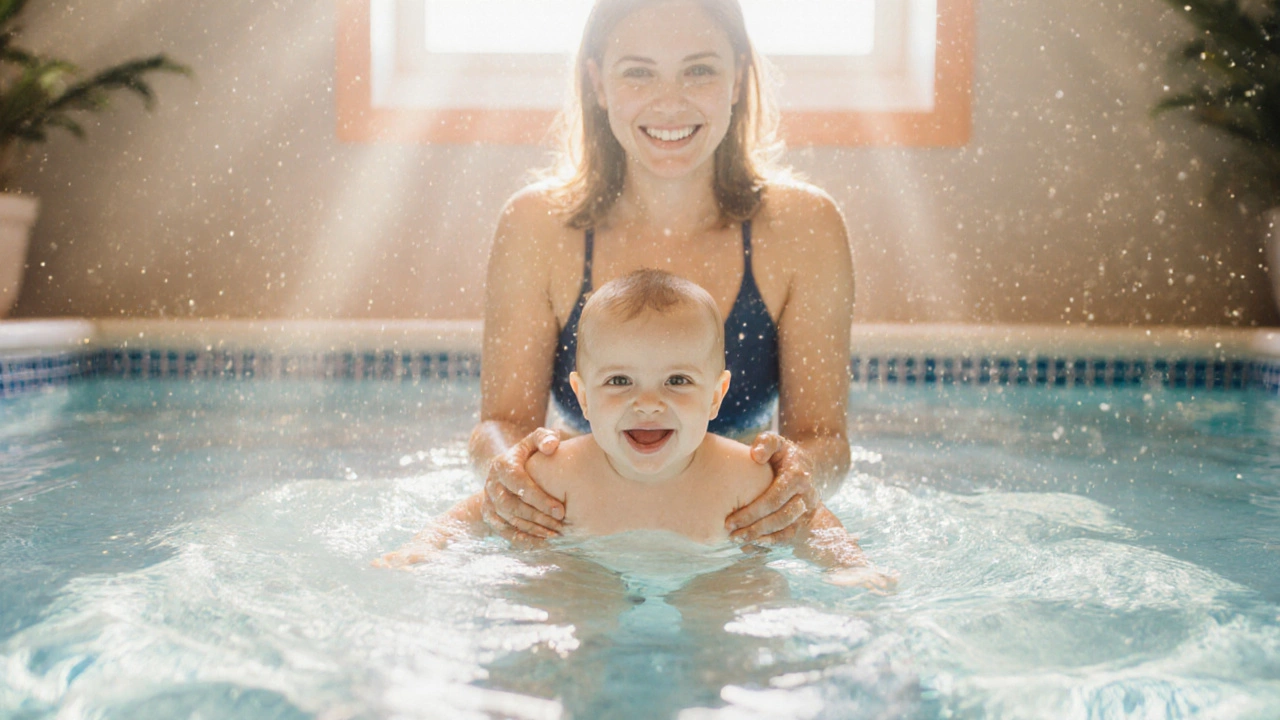Best Age for Swimming Lessons: When to Begin and What to Expect
When working with Swimming lessons, a structured program that teaches kids to move safely and confidently in water. Also known as aquatic training, it best age for swimming lessons is a question that blends Child development, the physical and cognitive milestones that shape a youngster's learning capacity, Water safety, essential habits and rules that keep swimmers out of danger, Swim technique, the basic strokes, breathing patterns and body position taught in early classes and Parental involvement, the support and encouragement parents provide during practice and at home. In simple terms, Swimming lessons encompass water safety education, Child development influences the best age for swimming lessons, and Parental involvement supports swim technique acquisition.
Why Timing Matters
Most experts agree that the sweet spot lands somewhere between 4 and 6 years old. By age 4, most children have reached the fine‑motor control needed to follow simple instructions, and they can hold their breath for short periods—two key attributes for learning to float and kick. At 5, cognitive skills improve, allowing kids to understand why gliding, turning and breathing matter. By 6, they often have enough stamina to handle a 30‑minute class without losing focus. Starting earlier than 4 can work if the child shows comfort in the shallow end and enjoys splashing, but classes for toddlers tend to focus on water familiarisation rather than formal technique. Waiting past 6 risks missing the window when children naturally pick up new motor skills rapidly; older beginners may feel self‑conscious and slower to progress.
Beyond age, look for developmental cues: can the child sit upright unaided, follow two‑step directions, and stay calm when briefly submerged? Do they show curiosity about moving their arms and legs in water? These signs often line up with the readiness stages a qualified instructor will assess. When a child meets these benchmarks, they’re poised to absorb the core components of swim technique—gliding, rhythmic breathing, and basic strokes—while simultaneously internalising water safety rules like never swimming alone and learning how to call for help.
Parents play a critical role, too. Regularly practising at home, even for just five minutes, reinforces class lessons and builds confidence. Simple games like “bubble blowing” teach breath control, while “float on back” drills develop balance. Attending a parent‑child swim session gives you a front‑row seat to the instructor’s methods, so you can echo the same cues later. Consistency is key: weekly lessons combined with short home practice produce the fastest skill gains. Also, talk openly about safety—explain why you never run near the pool edge or why you always wear a flotation device when you’re not a strong swimmer. When kids hear these messages from both their coach and their family, water safety becomes second nature.
Ready to dive deeper? Below you’ll find a curated set of articles that unpack everything from the science behind early aquatic learning to practical tips for making the first splash a positive experience. Whether you’re a parent curious about the perfect start age, a coach looking for age‑specific drills, or just someone who loves swimming, the collection offers actionable insights to help you make the best choice for the young swimmer in your life.
What Age Is Ideal for Starting Swim Lessons?

Find out the ideal age to start swim lessons, see how child development, safety and class types affect readiness, and get a checklist for picking the right program.
